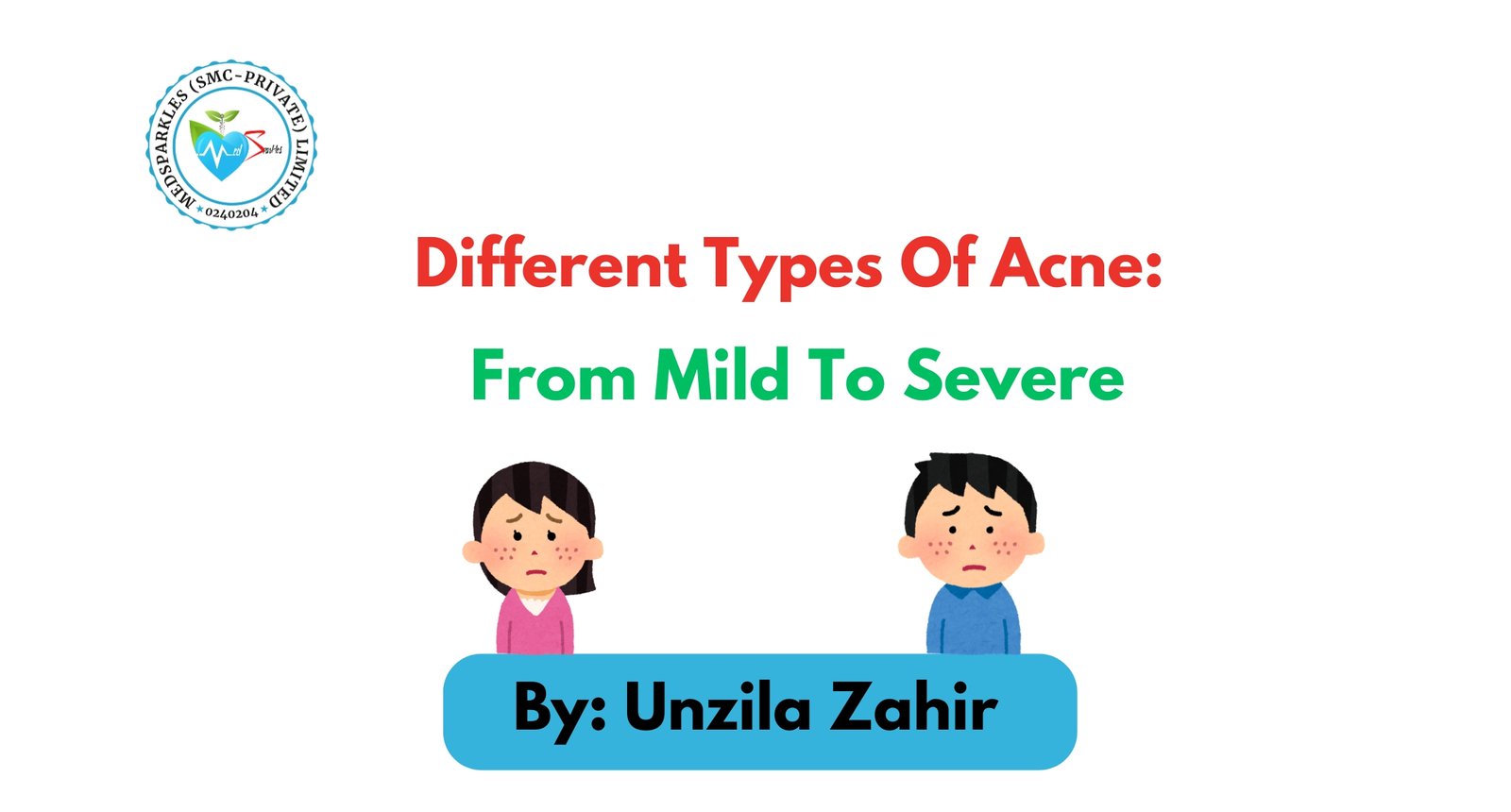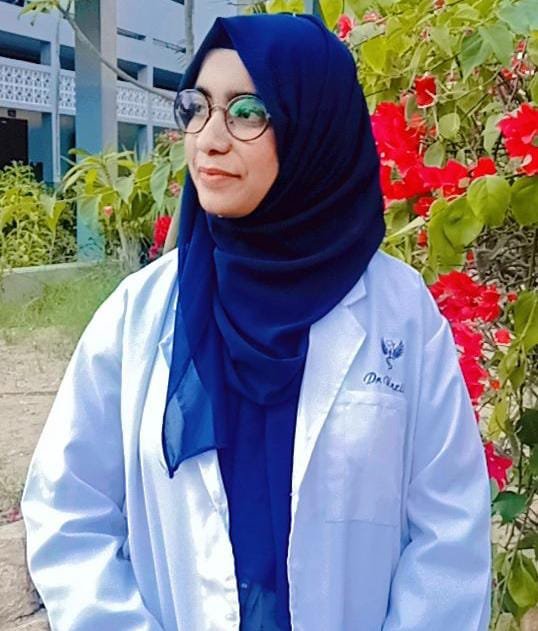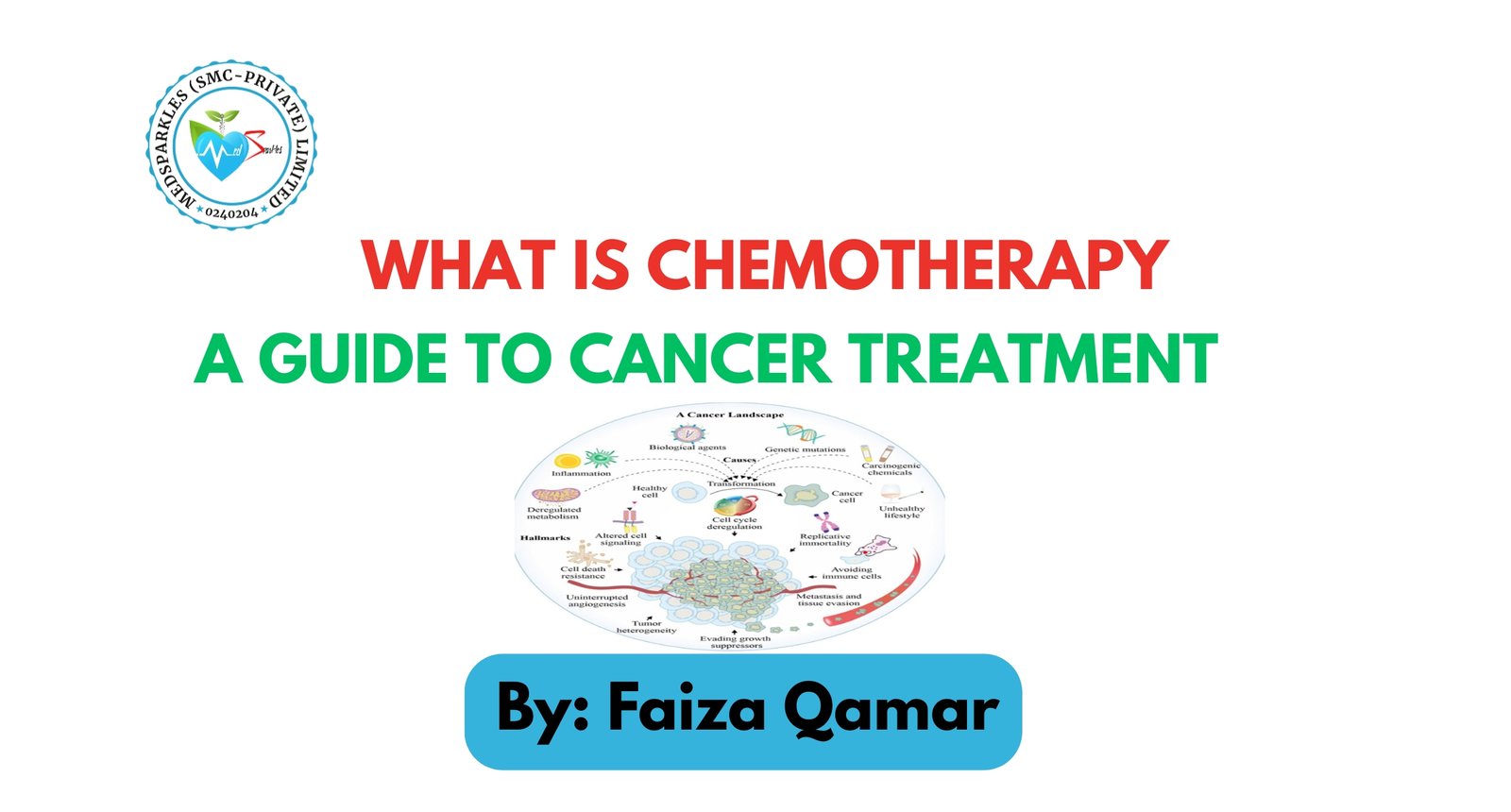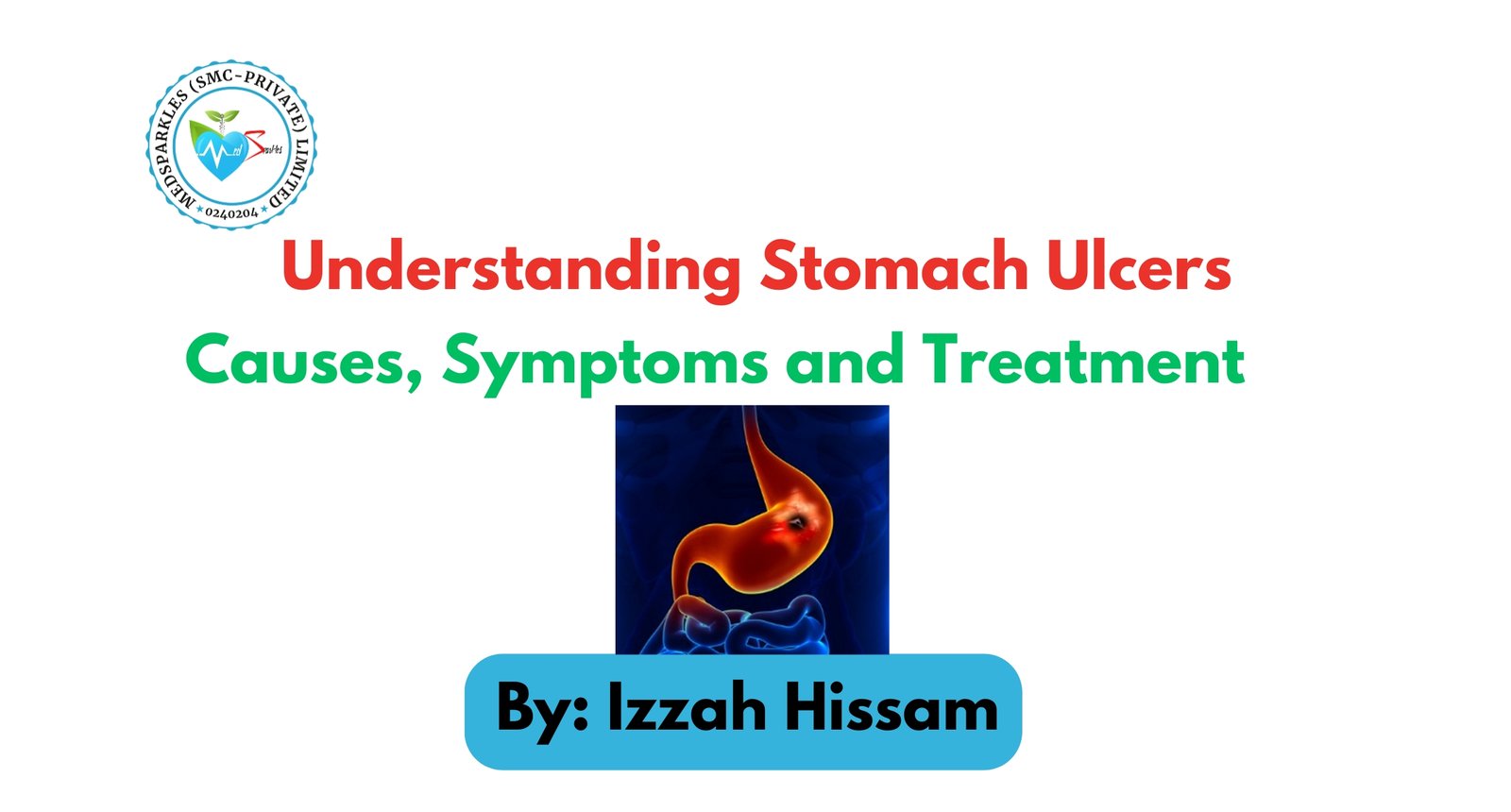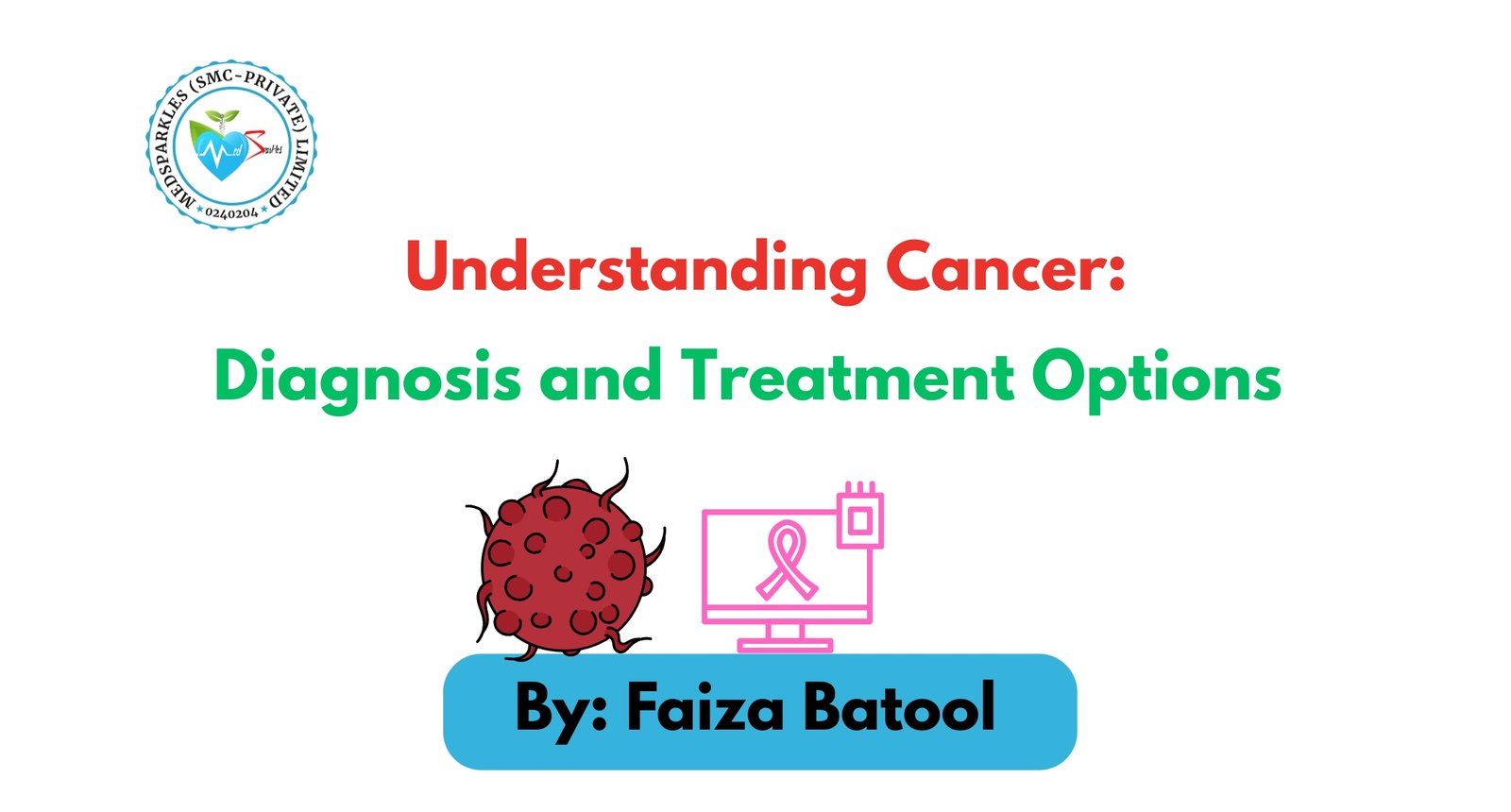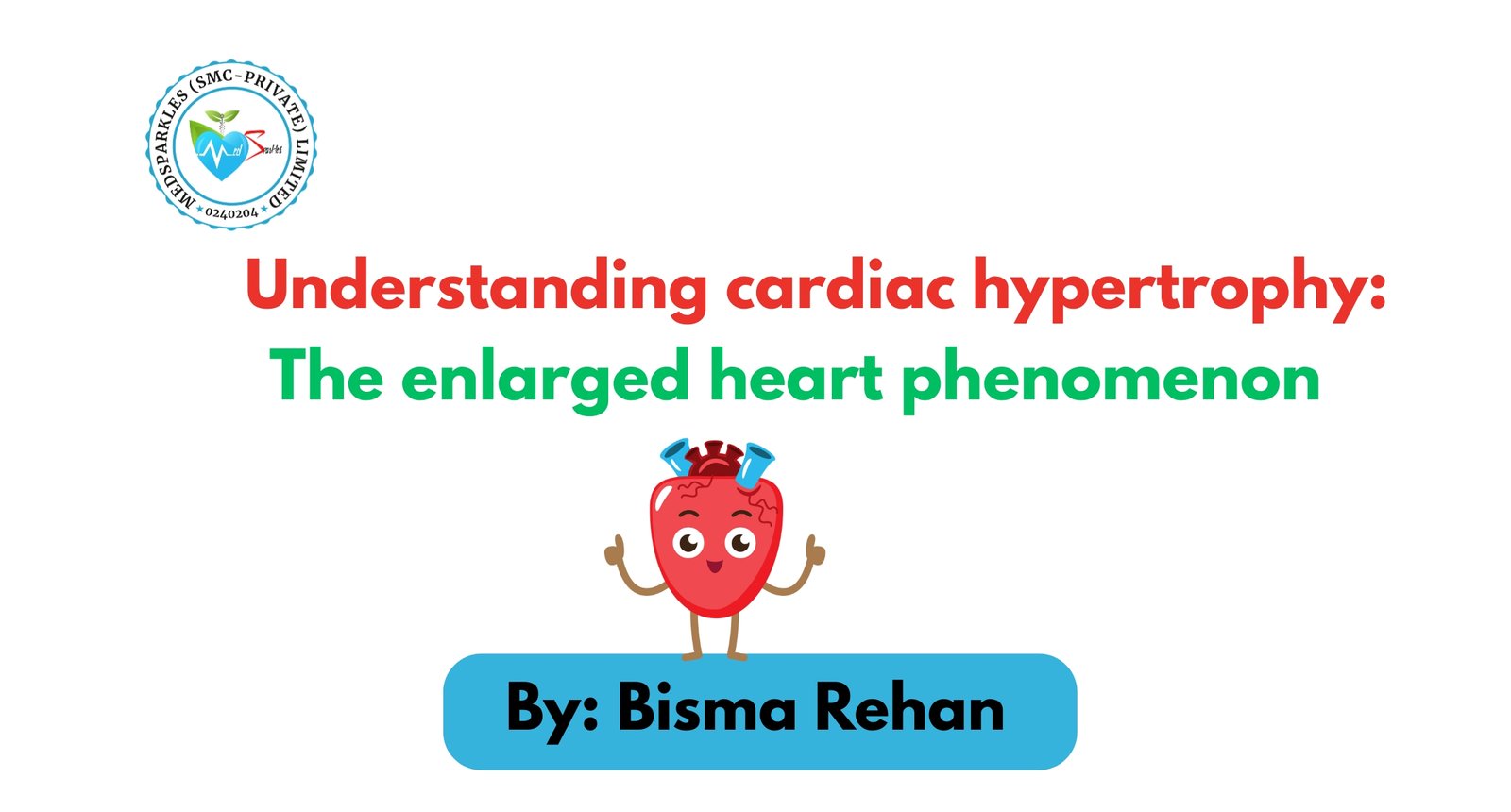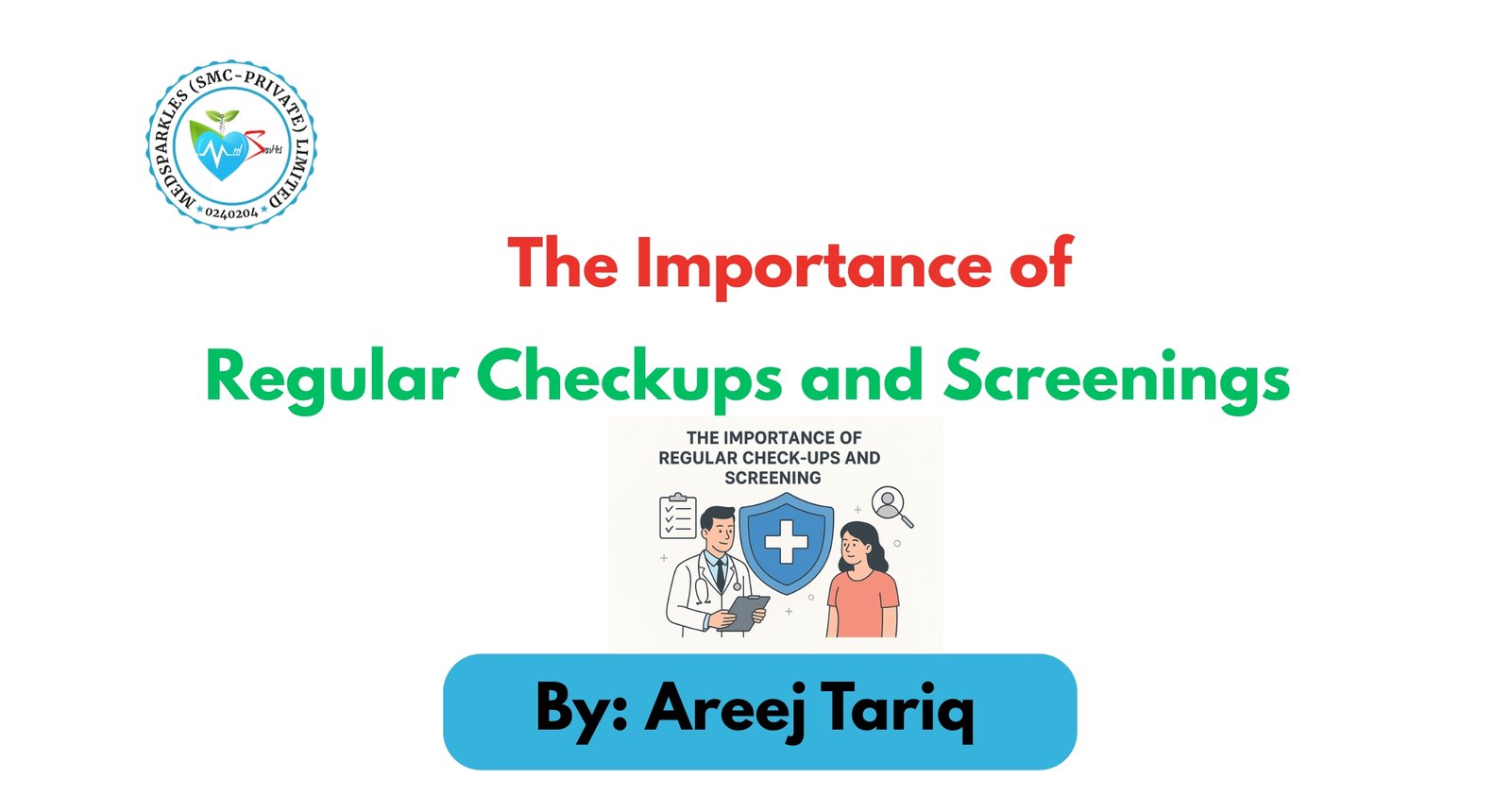Introduction
Brief overview of acne as a common skin condition
Acne is a prevalent skin issue that arises when hair follicles beneath the skin get blocked. Sebum oil that prevents skin from becoming dry, and dead skin cells obstruct the pores, as a result, lesion formation occurs, typically referred to as pimples or zits. These eruptions usually happen on the face ( almost everyone faces this problem of acne), but can also occur on the back (nearly half of the population faces this problem), chest ( only about 15% of the population faces this problem), and shoulders.
Pathophysiology of Acne
Acne disorder of the skin is characterized by inflammation, having sebaceous (oil) glands that link towards the hair follicle bearing a fine hair. The skin, which is in good shape, produces sebum from the sebaceous glands that is discarded on the surface of the skin via pores, which an openings in the follicle. A specific type of skin cell, called keratinocytes, surrounds the follicle. Under normal circumstances body discards skin cells, and the keratinocytes come up to the skin surface. When someone has acne, the hair, sebum, and keratinocyte adhere together beneath the pore. This hinders the keratinocytes from sloughing off and prevents the sebum from coming to the skin surface. The blend of oil and cells permits the bacteria to reside on the skin and grow normally in the obstructed follicles, resulting in inflammation characterized by swelling, redness, warmth, and discomfort. When the blocked wall ruptures, it releases bacteria, skin cells, and sebum into the surrounding skin, producing lesions or pimples.
The burden of acne and the need for timely care
There are effective acne treatments, but it can be a long-lasting condition. The lesions and spots take time to recover. And just as one starts to improve, new ones often appear.
Acne can lead to emotional issues and may leave scars on the skin. Especially if it’s severe. Starting treatment sooner can reduce the chances of experiencing these complications.
Types of Acne (from mild to severe)
Mild Acne (non-inflammatory acne)
Non-inflammatory acne consists of whiteheads and blackheads. These typically do not lead to inflammation nor cause swelling.
1. Whiteheads (closed comedones)
Whiteheads can develop when a pore becomes blocked by sebum and dead skin cells. However, in contrast to blackheads, the opening of the pore is sealed. This results in a tiny bump that appears to rise from the skin

2. Blackheads (open comedones)
Blackheads can develop when a pore becomes obstructed due to the mixture of oil and dead skin cells. The upper surface of the pore remains open, even though the rest is obstructed. This leads to a distinctive black hue on the skin surface.
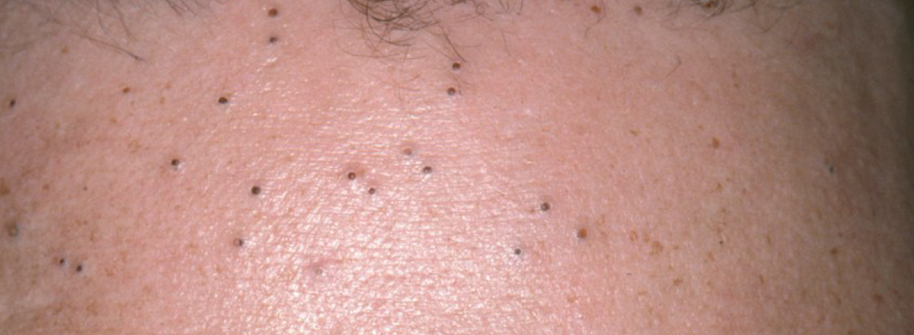
Over-the-counter treatments (for mild acne)
Whiteheads are harder to manage because of blocked pores. Salicylic acid-containing products may be beneficial. Topical retinoids yield the most effective outcomes for comedonal acne. Presently, adapalene (Differin), as a retinoid, is used as an OTD medication.
Using a benzoyl peroxide wash is also advisable. It can assist in eliminating surplus P.acne bacteria from the skin.
If over-the-counter options are not producing any effect, you might require a prescription-grade retinoid such as tretinoin (Retin-A) or triferotene (Akleif).
Moderate Acne (inflammatory acne)
Inflamed and reddish blemishes are known as inflammatory acne.
1. Papules (small red bumps)

Papules develop when the barriers around pores are ruptured due to intense inflammation. This leads to firm, blocked pores that are sensitive when touched. The skin surrounding these pores often appears pink.
2. Pustules (pus-filled lesions)

Pustules are basically papules, but the difference is that pustules contain pus at the center and are elevated lumps with inflamed skin that is red,
purplish. or a brown appearance around them. Normally, they exist in bunches on the face, chest, or back.
Prescription topical/oral medications (for moderate cases)
Medications containing benzoyl peroxide can aid in diminishing inflammation and eliminating bacteria on the skin. They can also assist in clearing away excess oil. Your dermatologist might recommend either a topical or oral antibiotic in combination with benzoyl peroxide to address your inflammatory acne. Topical retinoids may play a crucial role in dealing with inflammatory papules or pustules.
Spironolactone (Aldactone) is an anti-hypertensive medication that is used off-label to manage acne by reducing androgen hormone levels, which is a factor in developing acne.
Hormone treatment can include low-dose estrogen and progesterone tablets (oral contraceptives). Hormonal therapy can be beneficial in certain individuals having acne, particularly for those who notice breakouts related to their menstrual cycle or who have irregular periods due to the high levels of androgens.
Severe Acne (Nodulocystic acne)

Nodulocystic acne occurs when intense eruptions develop deeper within the skin. This form of acne can be quite painful and may result in lasting scars. It can impact areas such as the face, chest, back, and buttocks.
1. Nodules (large, painful lumps under the skin)
Nodular acne comprises bumps that can be flesh-colored, brown, or red. These bumps are bigger than papules and develop deep within the skin. Papules transformed into nodules when they became inflamed. Unlike a cyst, a nodule does not contain any pus, resulting in a hard texture when touched.
2. Cystic acne (deep, inflamed, pus-filled lesions leading to scarring).

Acne cysts are swollen bumps filled with pus that typically appear red or violet. They are larger than pustules and situated deep beneath the skin surface. These cysts are more inflamed and can be quite
distressing. Although cysts are generally the same size as nodules, they tend to be softer. This softness is due to their pus-filled nature, which makes them prone to bursting and potentially infecting the surrounding areas of the skin.
This form of acne is more prone to cause scarring of the skin.
Advanced treatments (for severe cases: isotretinoin, laser, chemical peels, etc.)
Your physician or dermatologist will probably recommend the oral drug isotretinoin (Sotret). This medication, derived from a type of vitamin A, is usually taken daily for a period of four to six months. It can help treat and prevent nodules by reducing the size of oil glands inside the pores.
Isotretinoin (Sotret) is a prescription drug frequently prescribed for treating cysts. In more serious conditions, a dermatologist might perform surgery to excise a cyst.
Both lasers and light therapy are effective for treating acne scars. A laser applies heat to the collagen beneath your skin that has been scarred. This process utilizes your body’s natural healing response to generate fresh, healthy collagen, promoting the development of new skin to replace the damaged area.
The method of chemical peel employs specific chemicals to eliminate the outer layer of aged skin. Once the top layer is removed, new skin emerges that is smoother and can help reduce the appearance of the acne scars.
Conclusion
Acne comes in many forms, from mild whiteheads and blackheads to more inflamed bumps like papules and pustules, and even severe, painful nodules and cysts that can leave scars. While mild acne may be managed with over-the-counter products like salicylic acid or benzoyl peroxide, moderate to severe cases often need prescription treatments, and sometimes even stronger medications like isotretinoin.
Catching it in its early stages can help prevent it from getting worse and reduce the risk of permanent scarring or emotional distress. And if your acne is painful, keeps coming back, or leaves marks, don’t hesitate to see a dermatologist. With the right care and a treatment plan, clearer and healthier skin is absolutely possible.
FAQs
What is the difference between mild and severe acne?
Mild acne primarily consists of whiteheads and blackheads with a small number of papules and pustules. Severe acne comprises plenty of papules, pustules, nodules, or cysts that are also painful and might produce scarring.
Which type of acne is most difficult to treat?
Papules, pustules, nodules, or cysts are the forms of acne that are more challenging to manage and carry a greater chance of leaving post-acne discoloration.
What is the most common type of acne?
Acne vulgaris refers to a medical term for common acne, characterized by the occurrence of whiteheads, blackheads, and various other pimple types on the skin.
References
1. https://www.niams.nih.gov/health-topics/acne#:~:text=Acne%20is%20a,chest%2C%20and%20shoulders.
7. https://my.clevelandclinic.org/health/diseases/12233-acne
9. https://www.webmd.com/skin-problems-and-treatments/acne/ss/slideshow-acne-dictionary
Image references:
3. https://encrypted-tbn0.gstatic.com/images?q=tbn:ANd9GcTU2xjwTXtxavlWK_Rkw2KcVvxnn2ZXpZMzcA&s
